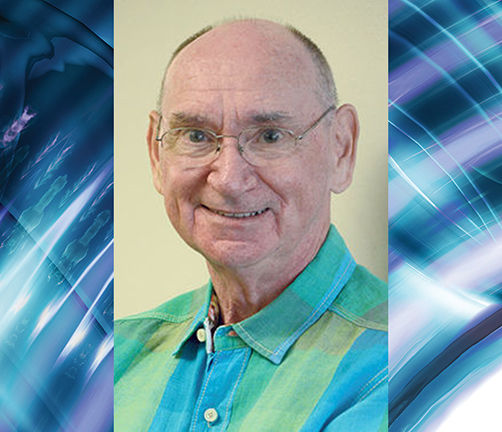PRINCEVILLE — Lorri Mull believes it is the community’s job to give its children the opportunity for quality education. That’s why she and some others are trying to open a public high school on the North Shore. “Hawaii is expensive,
PRINCEVILLE — Lorri Mull believes it is the community’s job to give its children the opportunity for quality education.
That’s why she and some others are trying to open a public high school on the North Shore.
“Hawaii is expensive, and it’s our responsibility as a society to provide education for our children,” Mull said.
Recently, Mull and seven North Shore community members applied for a $10 million grant through XQ Super School Project, a national competition founded by Laurene Powell Jobs, widow of Steve Jobs.
XQ challenged the community to re-imagine the public high school.
The Kauai North Shore Community Foundation imagines a free school where the focus is more creative thinking, said Mull, who serves as its education chair.
“Kids don’t have to memorize anything anymore; everything they need to know is in the palm of their hand. It’s more a matter of teaching kids to be creative and critical thinkers and work collaboratively,” she said. “The paradigm is more creative, and literacy in terms of digital is huge.”
Members of the Kauai North Shore Community Foundation want North Shore High School to be as tech savvy as possible, Mull said. Additionally, the school will provide a flexible and personalized educational experience for students. It will be financially sustainable by containing costs and obtaining revenue from public and private sources, according to a release.
The total cost for the school is $12 million, which includes land and construction. Annual operating costs are estimated at $1.5 million, said Ric Cox, member of the Kauai North Shore Community Foundation.
The two-story school will be about 30,000-square-feet and designed for 360 students, Cox said.
North Shore High School also plans to hire 12 teachers, for a 30:1 ratio of students to teachers, Cox said.
“This is higher than normal because independent learning and technology and fewer lectures will turn the teachers into facilitators and mentors,” he said.
A location hasn’t been pinned down, but Mull believes Kilauea makes the most sense.
“It’s right on the highway, near two bus stops, so it’s accessible,” she said.
Building a high school on the North Shore is important because there is no tuition-free option for high school students who live past Kapaa, Mull said.
The closest district school is Kapaa High School, and some students make the trek to Puhi to attend Island School, she added.
Mull estimates that about 90 students make the trek to either Kapaa High School or Island School. Several others opt to be homeschooled.
Because of the distance, students can spend up to two hours on the bus every school day. That time can be better served for more productive ventures, Mull said.
But Dann Carlson, assistant superintendent of the Office of School Facilities and Support Services for the Hawaii Department of Education, said the student population from the North Shore can be adequately handled in existing schools.
There are other schools in the state that are dealing with growing enrollment rates, so they are taking priority, Carlson added.
“The department looks at population growth and enrollment numbers when making a request for funds to build new schools. We do monitor future development and student population projections,” he said. “If we expect a surge in population, we would consider looking at school development.”
Travel time for North Shore students has been a concern for the Hawaii Department of Education for several yeas, said Bill Arakaki, Kauai complex area superintendent.
“Kauai will need to continue seeking possibilities in addressing how to make the best use of the travel time with technological advances and to support our students from that area until funding becomes available to address this matter,” he said.
Mull and her team started working on the XQ grant in September. It took about nine months to complete.
As part of the application, the team had to submit concept and design plans. They also had to do research like figuring out the student to faculty ratio and what towns the school would service.
“The process was rather extraordinary,” Mull said.
There are 340 concepts left in the competition. In July, 50 finalists will be selected, which will be whittled down to five in August.
The winning five concepts will each be awarded $10 million to start work on their schools.
Even if the foundation doesn’t receive the grant, Mull said they will not give up until there is a high school on the North Shore.
“We’re definitely going for it, whether we get the money from XQ or not,” she said. “We’re going to hit the streets to figure out how to put together the resources to get the building going.”
The idea for a public high school on the North Shore has been floating around for about 25 years, Mull said.
“I’m confident this is the right time,” she said.


